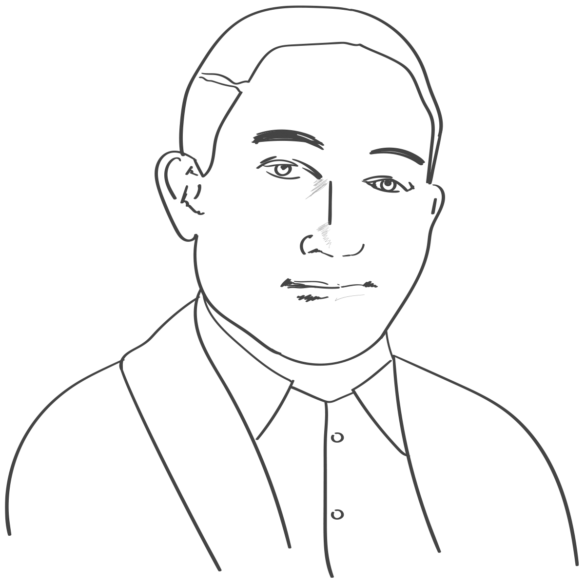
In the early 1900s, many Colorado lawmakers, government officials and influential citizens had one thing in common: active membership with the Ku Klux Klan. The KKK was a cancerous fixture, particularly in Denver, as the often-violent society of white supremacists gave “demonstrations” throughout the city and regularly targeted areas like the historic Five Points Neighborhood. Demonstrations usually ended with arson, property damage and injury or death.
The KKK ruled Colorado from the inside, with members encompassing a majority of the City Council and leadership seats from the mayor to the governor. Much of the House and Senate had fallen under Klan control by 1925. It was estimated that the hold on the state was so strong that nearly a quarter of the total state population rallied behind the platform of the “Colorado Klan,” which propped itself up as a Christian American society promoting family values and a sense of patriotism.
One of the most famous leaders tied to the KKK was Ben Stapleton, a former Denver mayor who held the seat for nearly five terms in the 1930s and ’40s separated by a four-year gap. A close friend of then-grand dragon John Locke, Stapleton used his connections with the KKK to appoint fellow Klan members to high-up city positions all while denying his ties to the organization to voters. After receiving some backlash for Klan infiltration of the government, Denverites launched a recall election of Stapleton.
The KKK infiltration was apparent at all levels of the city government in the early 1900s, but few Coloradans know of the man who infiltrated the KKK during this time to warn the Black Denver community of planned demonstrations. Dr. Joseph Westbrook, also famous for naming the all-black community Dearfield, joined the KKK and attended meetings to help bolster the safety of Black Denverites. Described as a light-skinned Black man, Westbrook was one of several famous activists and humanitarians at the time who were actively fighting the KKK’s hold over Denver’s legal system. Alongside his friend and colleague, Clarence Holmes, the two prominent dentists were able to warn Black communities of KKK plans over a period of several years. Westbrook and Holmes undertook this mission at great personal risk. Reportedly, the extreme stress of this act is what led to Westbrook’s abrupt death from a heart attack as he took his seat in church in 1939.
Even with bold action from activists and civil rights leaders, the Klan’s hold over Denver continued into at least the late 1920s before finally fizzling out. For many years, lawmakers grappled with outdated and racist language embedded in Denver’s legal system from this long stint under Klan control. But the KKK’s hold over Colorado didn’t end with the legal system, it extended into daily life for many, leaching into the Catholic church, public school system and the courts.
Stapleton’s legacy was unmarred on the whole until his full participation in the KKK was revealed in recent years with more widespread awareness on his mayoral term available through the History Colorado Center. Stapleton’s great-grandson, Walker Stapleton, in 2018 was accused of paying off the historical society to remove the family name from white supremacist ties in state historical records as he ran for governor. More recently, the Denver neighborhood bearing Stapleton’s name has voted to sever ties with the political figure and rename the area.
– Jess Brovsky-Eaker

